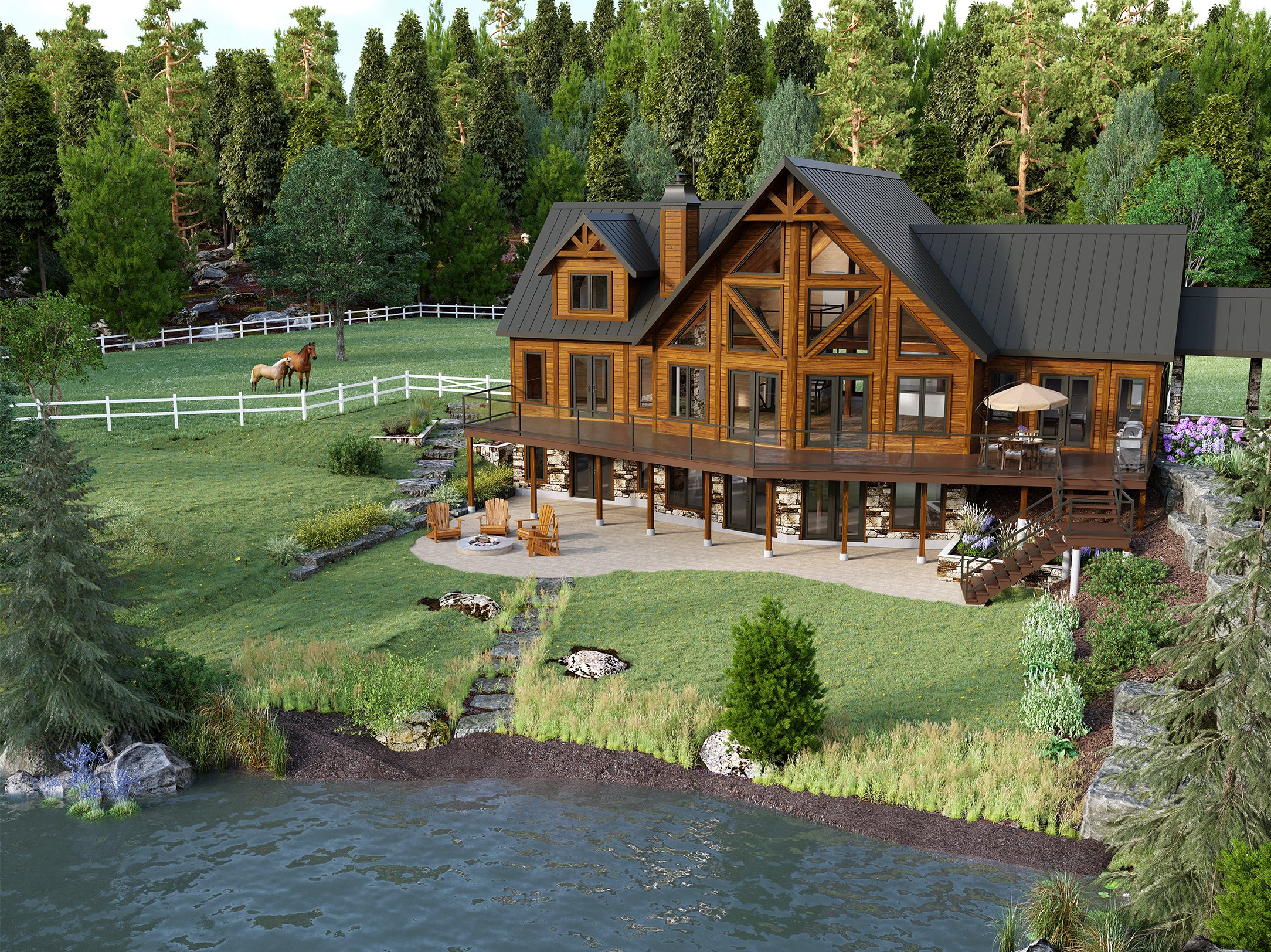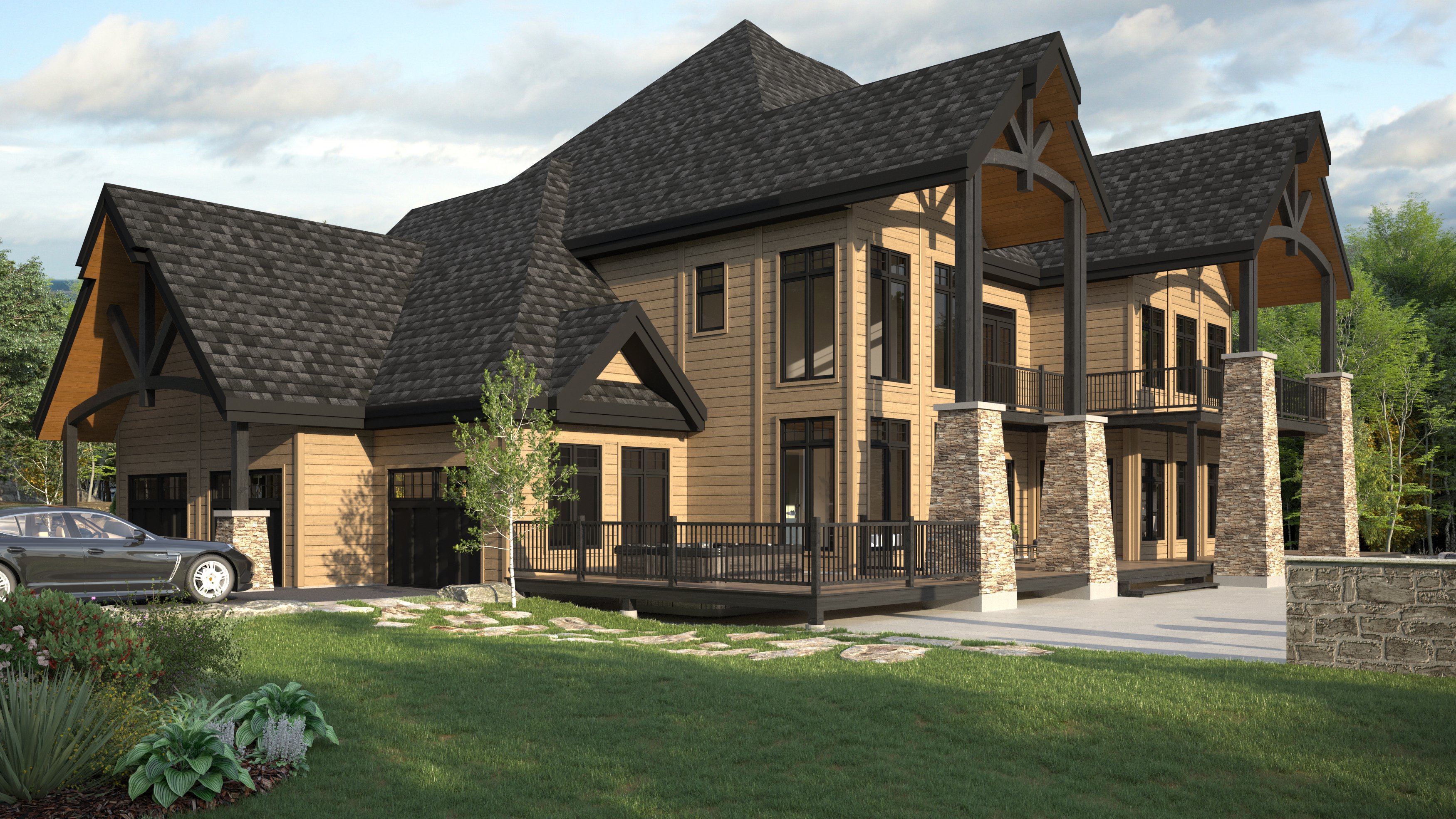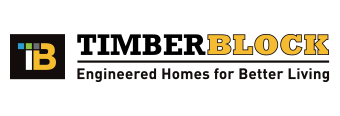The fun and exciting path to your dream home has several steps. First, there's the decision to build your very own home - the home that suits you and your family best, has everything you want...it's the home you always dreamed of. Your decision is followed by things like finding the right manufacturer to build your home, finding land, and of course designing the floor plan.
Choosing the right floor plan is essential. The best part of building your own home is you get to have everything you want, so it's important to work with a design team to make sure it's done right. (As our partner Mike Holmes always says: "Make it Right!")
Today, we're talking to one of Timber Block's top 3D Designers, Josh Counter. Josh takes us all the way from the beginning, middle and end of your home design journey.
Let's start with what happens before the first meeting. Josh says as the future homeowner, you have a bit of work to do. "You want to consider things like the style of the home, the number of bedrooms and bathrooms you want, any special rooms that may be on your wish list such as a home theater or gym." Josh says you want to bring any sketches or ideas for the floor plan or exterior to your first meeting with your team.
Also, before the initial meeting, Josh says the Project Manager will do preliminary research on the site. "This will provide the by-law information/limitations to building on the site. After discussing the site details, we move into the design ideation."
Once all the preliminary work is complete, it's time to meet your design team! Josh says they call the initial meeting the "Kick-Off" meeting. "This is the first meeting we set up after you've decided to move forward. The whole team who will be working on the project will be there! This includes the project manager, home consultant, technical designer, and - if you're going the custom design route - a conceptual designer will be present as well." Josh says the team will look at any images, sketches or ideas you have, which the conceptual designer will look at to try to determine the inspiration behind those ideas. "These types of questions allow the designer to get to know the client." Josh says they will also ask questions about the intention of the building. "For example, is this going to be a cottage where you host a lot of parties or a personal retreat to get away from the hustle & bustle? After getting to know you a little more, the designer might start to sketch a little to make sure we're all on the same page." This will wrap up the first meeting, and the designer will get to work, process all the information and put together a first draft of the design.
Customization, changes or limitations to your floor plan
Josh says with the best part of building with Timber Block's innovative panelized system is there are absolutely no limitations when it comes to customizing your design. "This is also what is so great about having a full team working on your project. If you have an idea to add to the design, the designer may provide some feedback to make sure it's structurally sound. Your home consultant can advise on the cost, the project manager can discuss how the by-laws might affect the idea, and the designer will provide feedback, based on experience to make sure it is architecturally cohesive. This makes for a great project outcome."
Josh says your entire team wants to make sure you get what you want, so take your time, be sure to let the team know your thoughts and never be shy to make as many changes as you need. "This can be a big investment, so we want to make sure you love the outcome! It is encouraged to go on Houzz or Pinterest to get ideas. The more inspiration you bring, the the better the designer will understand your vision."
Let's review the overall steps of the design process
Step 1: The introduction to the designer.
Josh says while this seems simple, it's important for you and the designer connect. "It's fantastic if the designer really knows you and can suggest ideas that they know the you'll love. It makes the overall design experience fun and enjoyable."
Step 2: Discussing the design.
Bring all the design inspiration and ideas to the table and talk about each one. "What drew your eye to this content? What do you love about the photo? Is there something specific in the image that you would like to see in your design?"
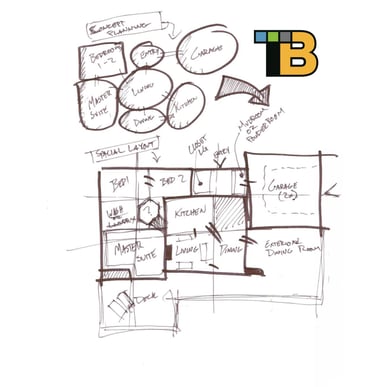
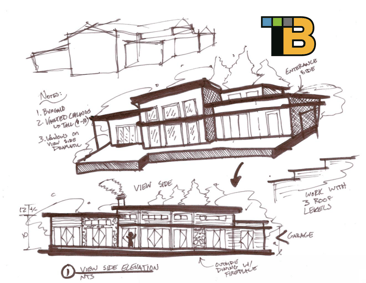
Step 3: The first draft
The designer will process all the information and develop a first draft / presentation to show the client. Josh says this is important because it's the first time you and the designer are - literally - on the same page! "It is also important for the client to feel comfortable to say, 'No, I’m not feeling this design.' This is the time to say it! The designer can start again and have a better idea of the direction the client would like to go." Josh adds this is exactly why Step 1 is so important.
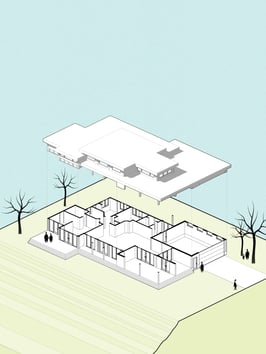
Step 4: Moving on to the technical side of things.
After the client and the designer have gone back and forth to hone in on the design, and the client is happy with the overall concept. It will be moved to technical design. Josh says this is when all the structural detailing begins to form.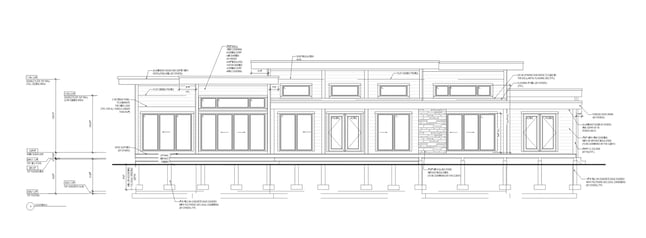
Step 5: Getting the numbers
When technical drawings are complete, Josh says now a more accurate quote can be given. "Once the technical drawings are finished, we can get more than just the rough numbers we have been working with in the early stages. Once all of this is approved – we move to engineering and production!
What can you expect in terms of how long the design process is? Josh says it's tough to determine the length of time this will take, as every client and every home is unique. "I have worked with clients as little as 2-3 weeks but as much as 1-1.5 years. It really depends on when you want to build. If you're not in a rush – you can take a little more time in the details."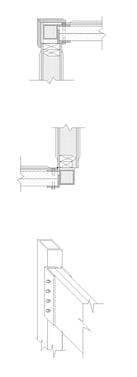
Overall, the design process can take time, but it's important to make sure the design is down pat before moving on. While it may take a bit to get to the final plan, it's also fun...and exciting! Josh says the project certainly gets more and more detailed as time goes on. "In the early stages it could be as simple as a volume study on the site. As the design develops, we begin to see window/door placements and roof lines. Then more structural detailing becomes visible. Then eventually you will work with our in-house designer to pick out all your finishes."

If you have any questions about Timber Block's design process, technology, processes and procedures, please email info@timberblock.com.

